New art installation from Frontline and Northeastern humanizes those lost in racial violence cold cases
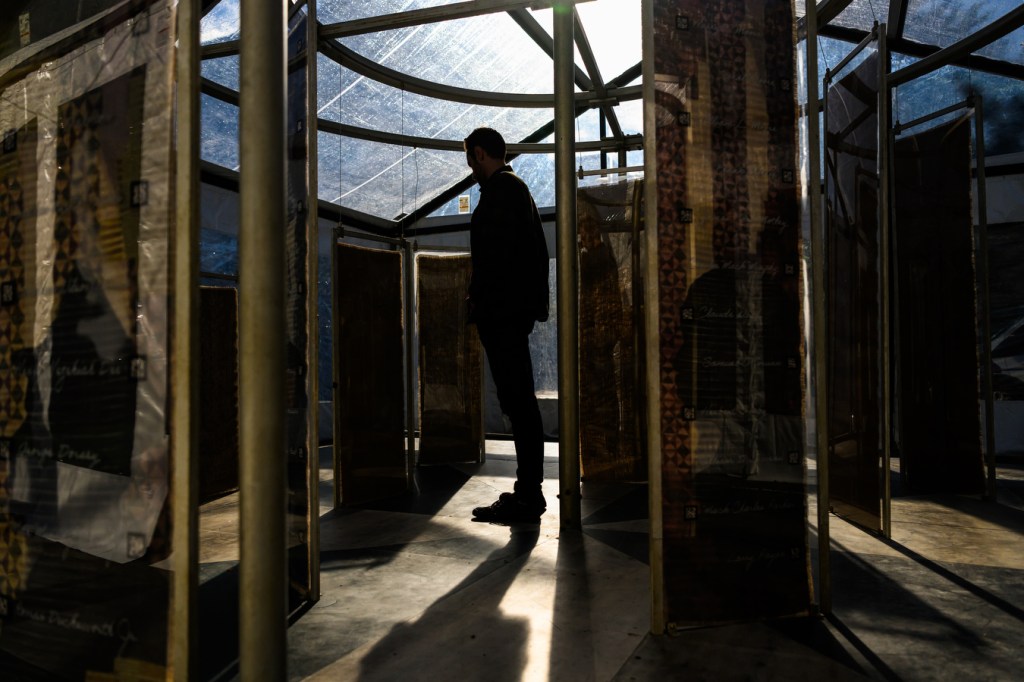
The names of people killed in racial violence cold cases in the U.S. have long been remembered only by their descendants. A new art installation at Northeastern University’s Boston campus aims to remedy that.
A partnership between PBS’ Frontline, produced by GBH in Boston, and Northeastern School of Law’s Civil Rights and Restorative Justice Project, “Un(re)solved” brings hundreds of names out of the shadows of history and into the light.
Located outside Northeastern’s Cabot Center until Nov. 18, the installation is an immersive, augmented reality project that brings together investigative reporting, fine art, technology and a civil rights mission. Through rows of engraved trees with roots stretching out below, hundreds of names framed on quilted panes jump out at the viewer. Each name belongs to someone who was killed in a racial violence cold case that was reopened due to the 2008 Emmett Till Unsolved Civil Rights Crime Act.
Beside each name is a QR code that the viewer can scan with their phones. In order to activate the QR code, which takes viewers through an immersive AR experience with information about that person and audio of their descendants, the viewer also has to speak the person’s name out loud.
“In the storytelling, it wasn’t just a memorial reflecting upon something that was very difficult and saddening,” says Erika Howard, director of impact strategy and external relations for Frontline. “It’s also speaking to the beauty and the brilliance of the lives that were lived. … We come to recognize these people in the fullness of their humanity and what they meant to their communities and their families in a way that they’re otherwise not known to history.”
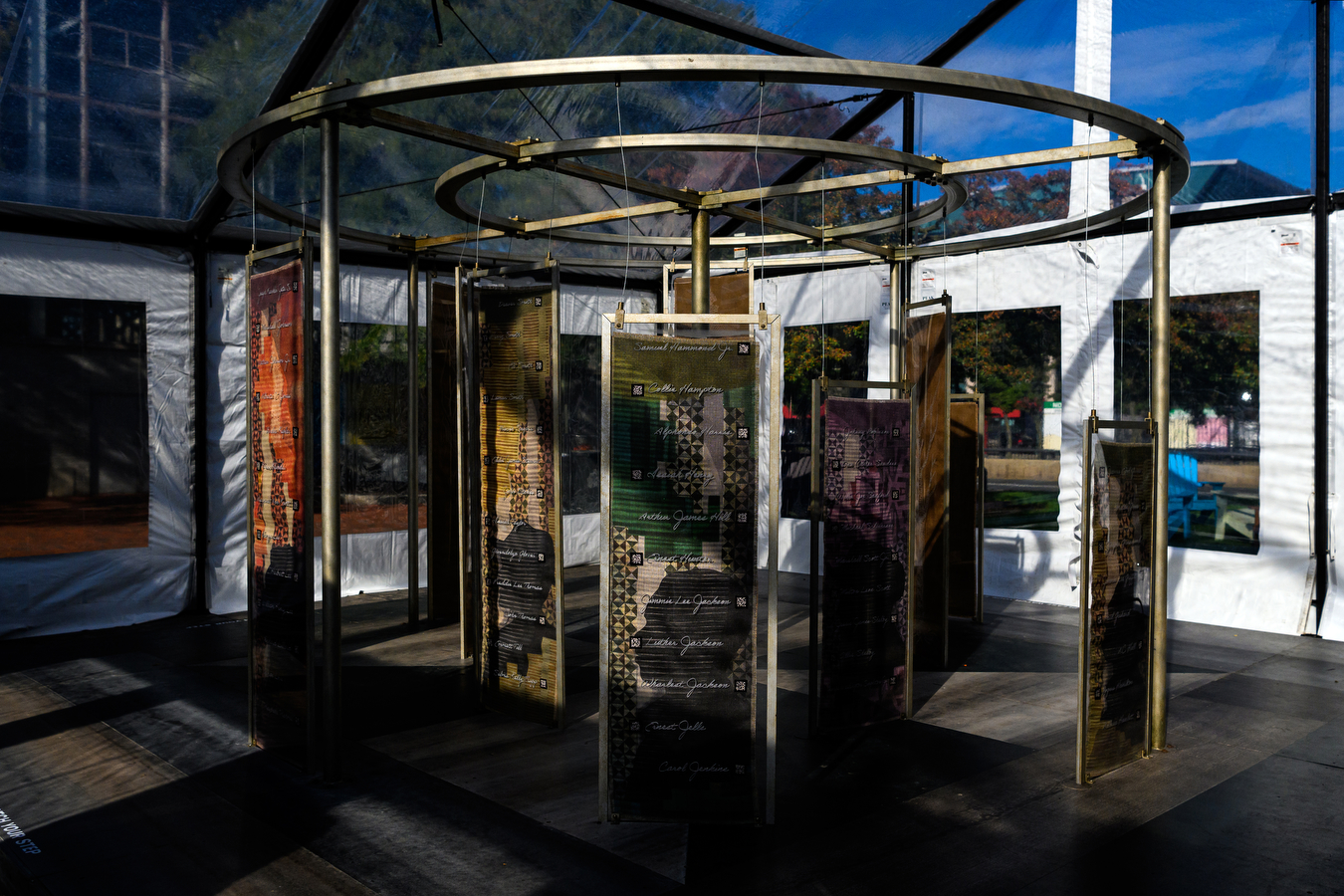
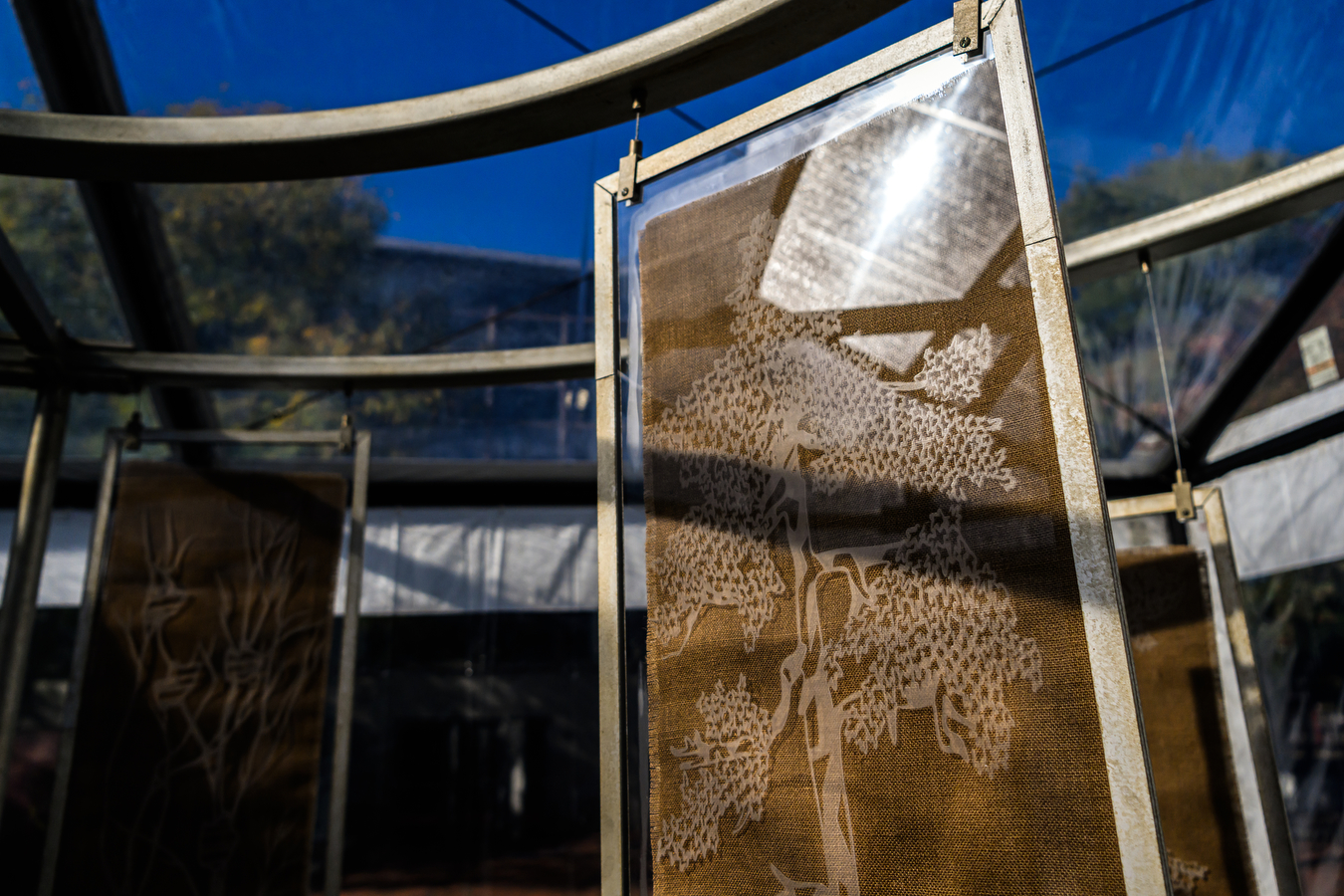

The art installation is part of an Emmy-winning multimedia investigation from Frontline that included partnerships with Ado Ato Pictures, Story Corps, Black Public Media, PBS and GBH. In addition to the art installation, “Un(re)solved” also spans a documentary, podcast, interactive web component and even a high school curriculum. But Howard says one of the most valuable pieces of “Un(re)solved” was the partnership with Margaret Burnham, Northeastern University distinguished professor of law, and CRRJ, for which she serves as director.
Early on, Frontline realized it would need to look for outside partners “who have been working on these issues for decades,” Howard says. Burnham, with her decades-spanning career in civil rights law, was the perfect fit. Burnham served on the project’s advisory council, but more importantly, CRRJ shared records from its recently opened archive of records related to racial violence cold cases from the Jim Crow era. Of the more than 150 cases included in Frontline’s project, CRRJ provided information on 50.
“Frontline focuses on the cases that were reopened under the Emmett Till [Unsolved Civil Rights Crime] Act, so we had about 50 cases that we had investigated that were on that list,” says Katie Sandson, program director of CRRJ’s Racial Redress and Reparations Lab. “We were able to share a number of case documents and connect the producers with descendants and, as an academic partner, support and contribute to that research that eventually became this series.”
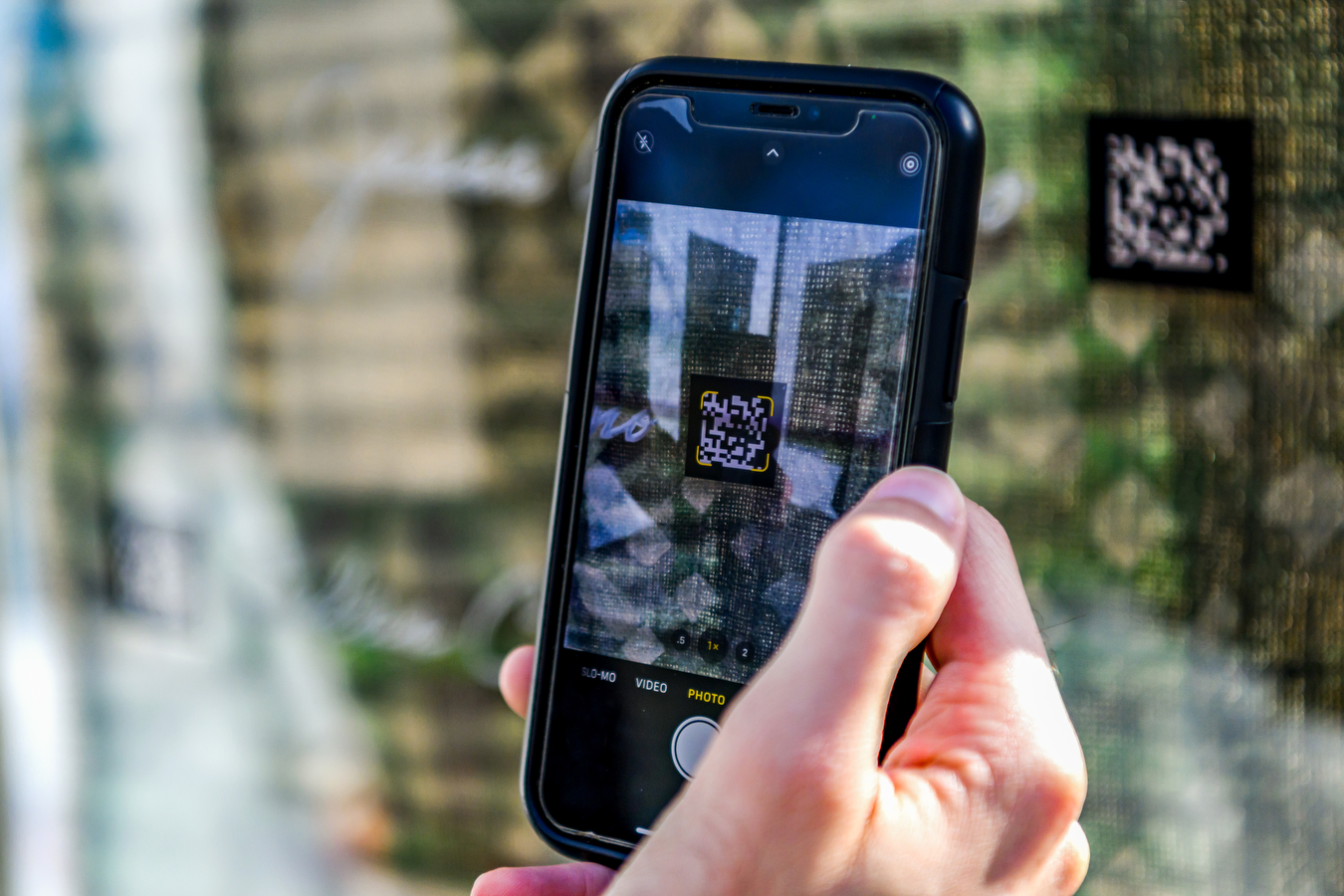
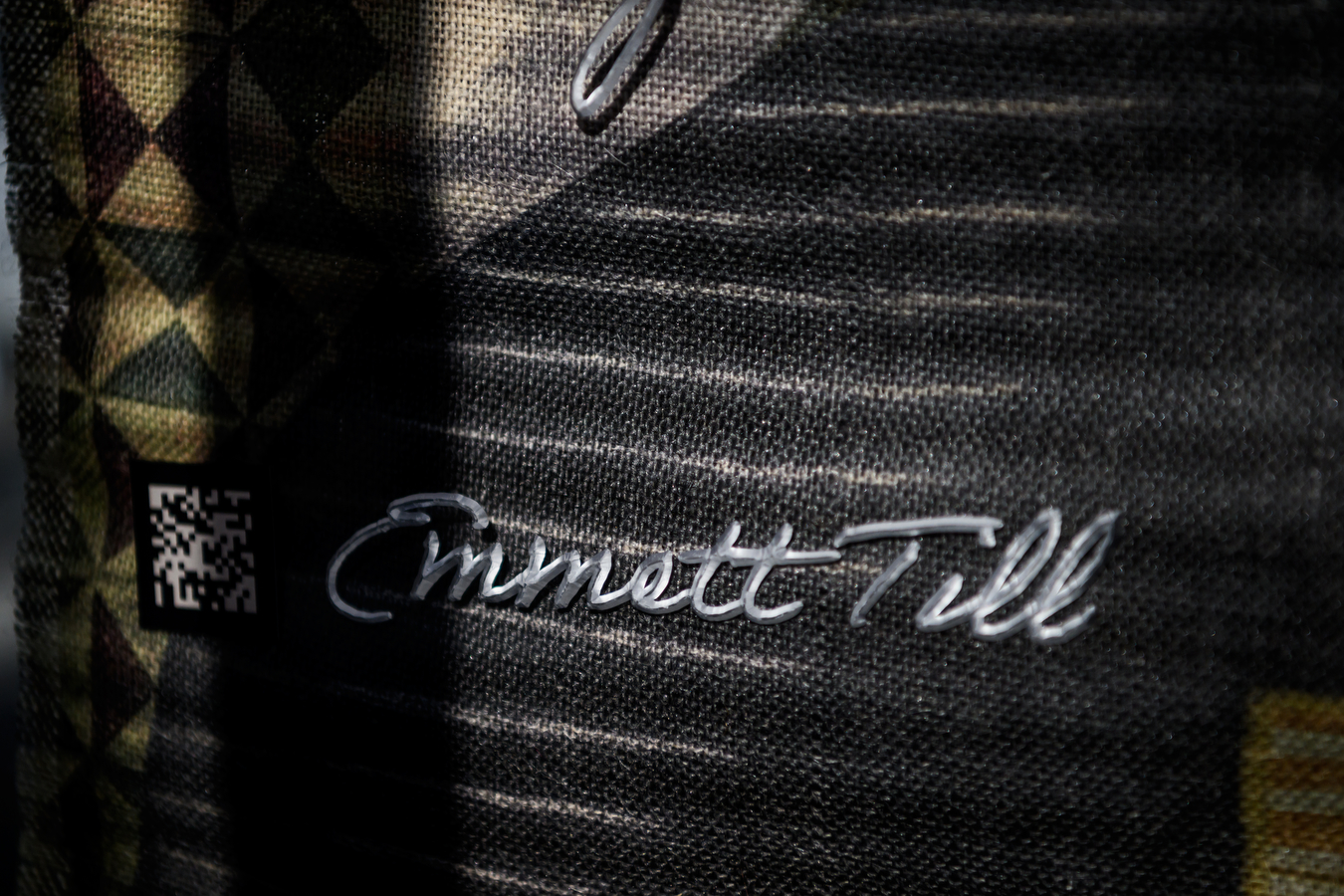
Howard says CRRJ and Burnham helped set the tone for the entire project.
“There is that level of investigative reporting and combing through and unearthing the facts, but [Burnham] and her team had a certain type of ethos where this is not just historical–it’s with us still today,” Howard says.
That mindset was at the core of Creative Director Tamara Shogaolu’s approach to the art installation, according to Howard. The Amsterdam-based artist focused on weaving a “living quilt” that didn’t just recount facts and figures. The project brings the names to life in a way that respects people who were lost but also lived full lives, crafting a story that is both national and highly personal.
“It’s not just about this Black person who was murdered; it’s about this Black person who lived,” Shogaolu told Frontline. “I wanted to focus on that, that we exist, we live, we’re humans and we live full lives instead of focusing on that aspect instead of just fetishizing or putting out there the trauma and torture and the ways that we’re murdered or killed.”

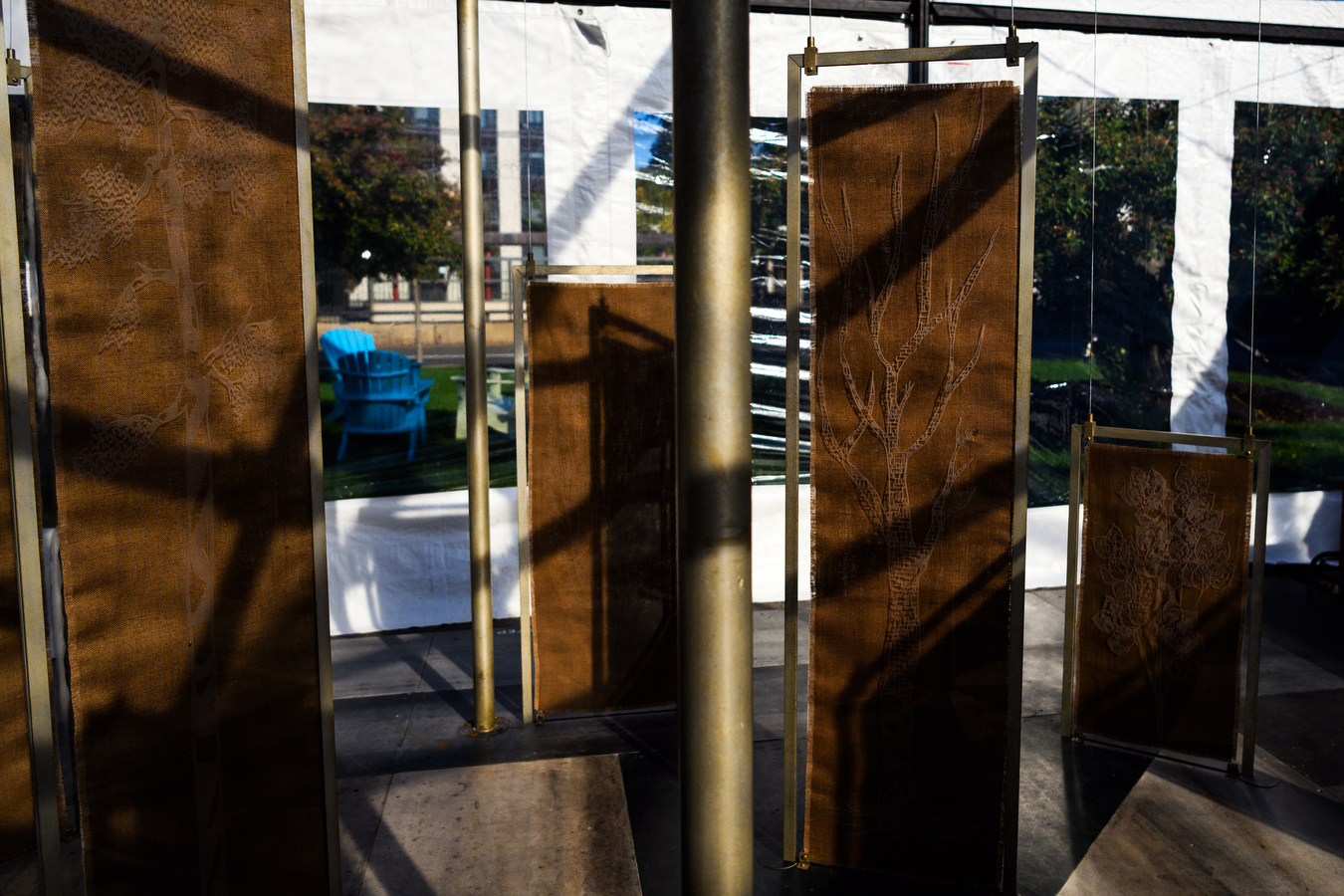
That message is woven into the project, both literally and symbolically.
“Part of the project is paying homage to African American quilting tradition, and in that it’s rooted in something that is a very difficult and tragic part of American history,” Howard says. “But also, it’s an illustration of the triumph, the resilience, the resourcefulness and the way in which people tried to live their lives as fully as they could to communicate to one another.
The use of quilting, traditionally a common form of storytelling for African Americans, became a poetic echo of history for people who had been robbed of their place in the historical record.
“Particularly for formerly enslaved individuals, when we weren’t allowed to read or write, the only way to document our family histories was through quilting,” Shogaolu told Frontline. “In a similar way, I thought there was a parallel with how these victims of these racially motivated murders haven’t been allowed to document their stories or fully live out their lives.”
After a premiere at the 2021 Tribeca Film Festival in New York City, Frontline has been touring the installation from Mississippi to Chicago and now, to Boston. It arrives at an exciting time for CRRJ. Other than the recent public opening of the CRRJ archive, CRRJ hosted a conference dedicated to the archive and the implications of its contents. And Burnham released her Kirkus Prize finalist book, “By Hands Now Known: Jim Crow’s Legal Executioners,” last month.
Sandson hopes the installation and the broader “Un(re)solved” project can help expose even more people to the stories and people at the heart of CRRJ’s work.
“It’s an opportunity to amplify and broaden the reach of [CRRJ’s] material,” Sandson says. “Frontline has a podcast and a physical exhibit and an online exhibit, and there are just so many different ways for people to engage with this material. Any opportunity to increase awareness of this history and to really do this kind of storytelling is really exciting to us.”
The “Un(re)solved” installation leaves Northeastern in November, but it will be moved to another location in Boston and have as a single-pane installation at GBH, until February.
For media inquiries, please contact media@northeastern.edu.





